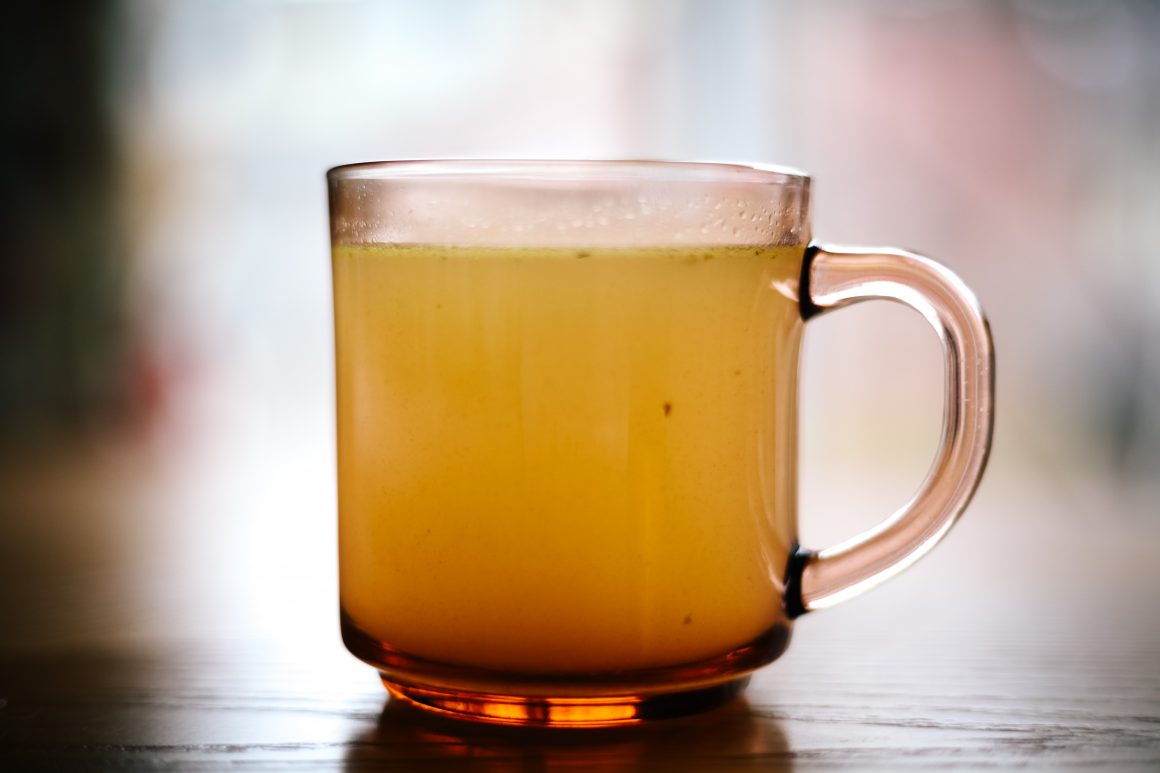
Drink bone broth for better muscle gain and stomach health
By Kent Wong, November 1 2017 —
You’re probably wondering “What the hell is bone broth?” The answer is likely not much different than what you’re envisioning — a watery, brown substance made by slowly cooking animal bones in hot water. You’ve also probably already tried it. It’s in ramen, pho, chicken noodle soup and almost any soupy meal. Broth is the base for most soups, giving it a “umami” — Japanese or foodie lingo for savoury — element.
Drinking beefy bone broth was a norm in my childhood. My mother always forced my sister and me to drink it, saying it was good for us. Whenever I pestered her about this, she simply told me not to question the ritualistic broth and just drink it. Almost void of fat, it tastes incredibly bland. Drinking it felt like jumping through some trivial hoop to please my parents.
Some of my European friends similarly grew up drinking bone broth. As a common beverage in the middle ages, it was called “restaurer” — the root word of “restaurant.” So what makes it so special?
First of all, bone broth is loaded with nutrients, making it appealing to athletes, body-builders and generally health-conscious people. Boiling meaty animal bones at low temperatures breaks down the bone’s collagen and fine tissue, releasing essential amino acids and proteins, such as proline and gelatin. On his healthcare blog, clinical nutritionist Josh Axe says these properties help your body rebuild connective tissues, providing a solid foundation for strengthening muscles and joints.
The amino acids glycine and glutamine in bone broth also boost liver function and improve digestion, enhancing gut health and nutrient absorption. Axe also says that the anti-inflammatory qualities of bone broth optimize cell function, which can speed up injury recovery. And all of this comes at a low calorie count, as one cup of a standard bone broth recipe contains 70–90 calories.
Unlike the astronomical costs of trendy superfoods like coconut oil and avocados, bone broth is cheap to make. You can buy bones at your local butcher for less than $10 and make a week’s worth — forget Campbells. Just ensure to cook the bones at low temperatures when preparing it yourself. The nutrients are compromised if cooked at medium or high heat. Also, simmering the broth with spices like turmeric or vegetables like carrots can liven the bland flavour — click here for an easy, tasty recipe.
As a simple and nutritious beverage, it makes sense why many bohemian cafés are sensationalizing bone broth in lieu of bitter medium roasts. It also aligns well with popular primal, minimalist lifestyles that inspired the paleo diet.
The word “paleo” comes from “paleolithic” — the scientific name for the stone age. Paleo dieters model their eating habits after that of our paleolithic ancestors, which means nothing processed or packaged. The high-fat, mostly grain-free diet emerged from the theory that many prevailing health ailments result from modern diets loaded with refined sugar and artificial ingredients. As a minimally processed, high-protein beverage, bone broth neatly fits into a paleo lifestyle.
Regardless of its recent popularity surge, bone broth is an entrenched cultural staple in many parts of the world. It’s been with some of us since childhood, giving its typically boring taste a nostalgic quality that will stick with us even when the fad dies.
For now, you can try a cup at Brühe Café in Inglewood or at Wild and Raw in Kensington. Or, make it yourself — it’s a primal experience, I assure you.
